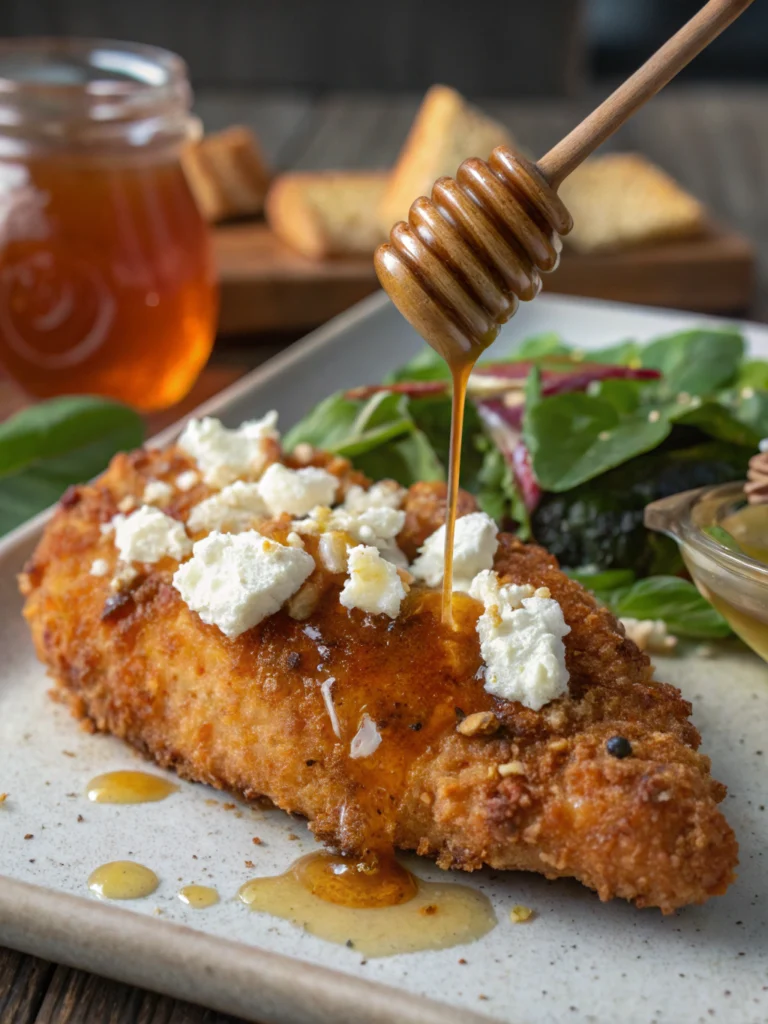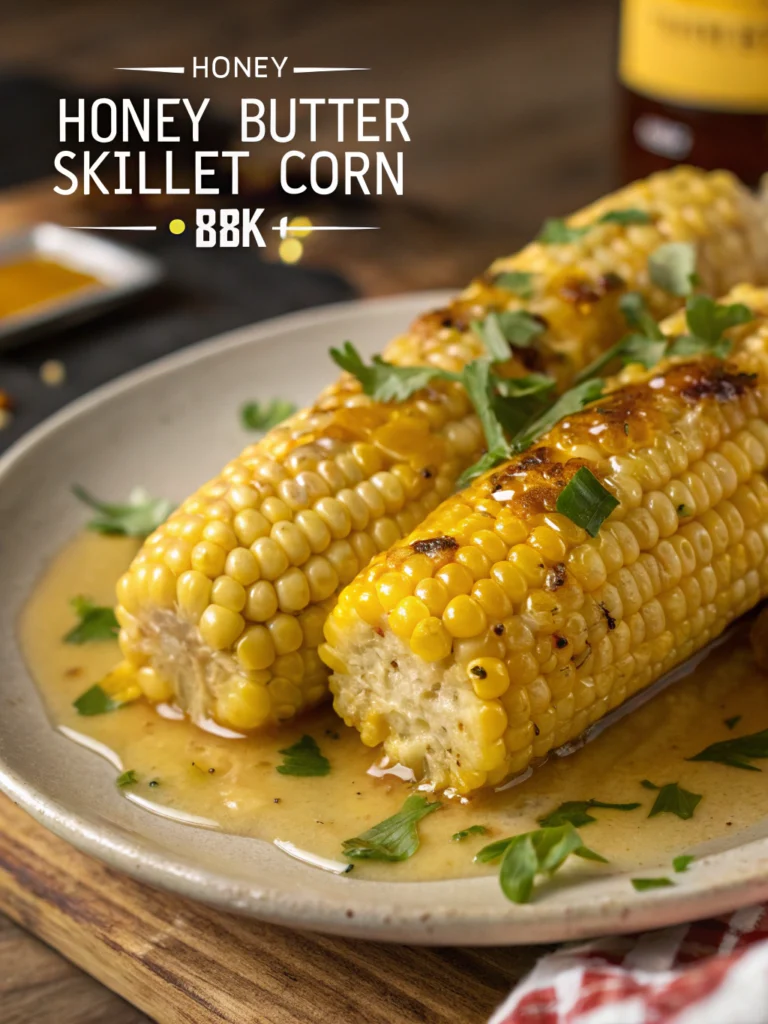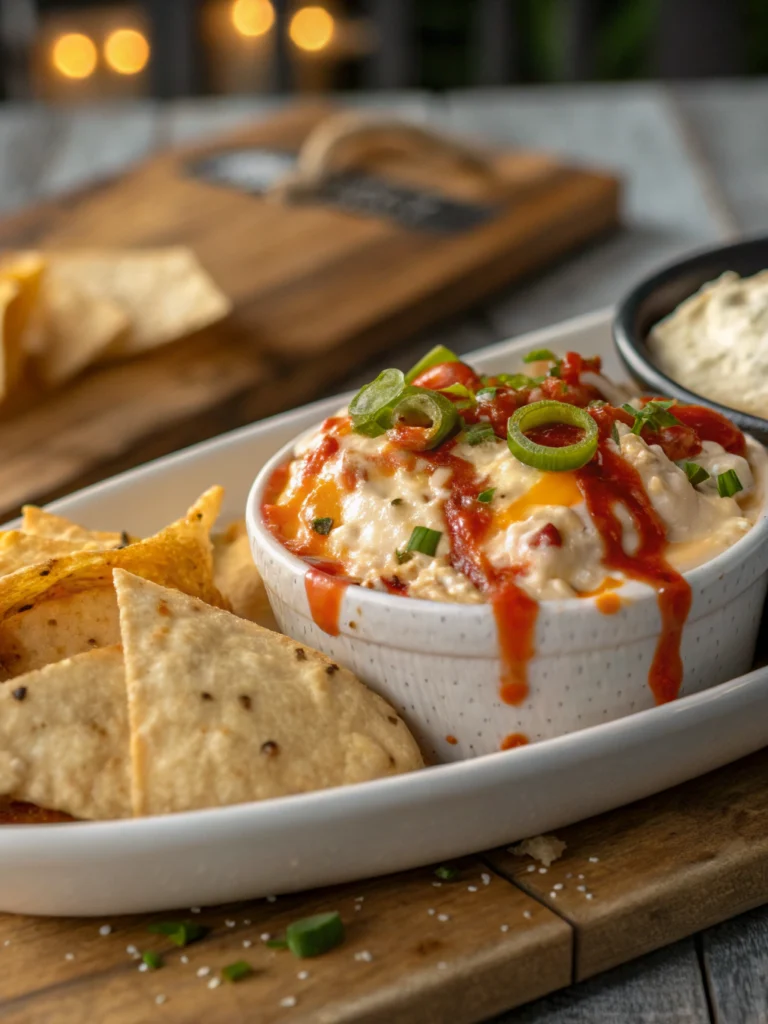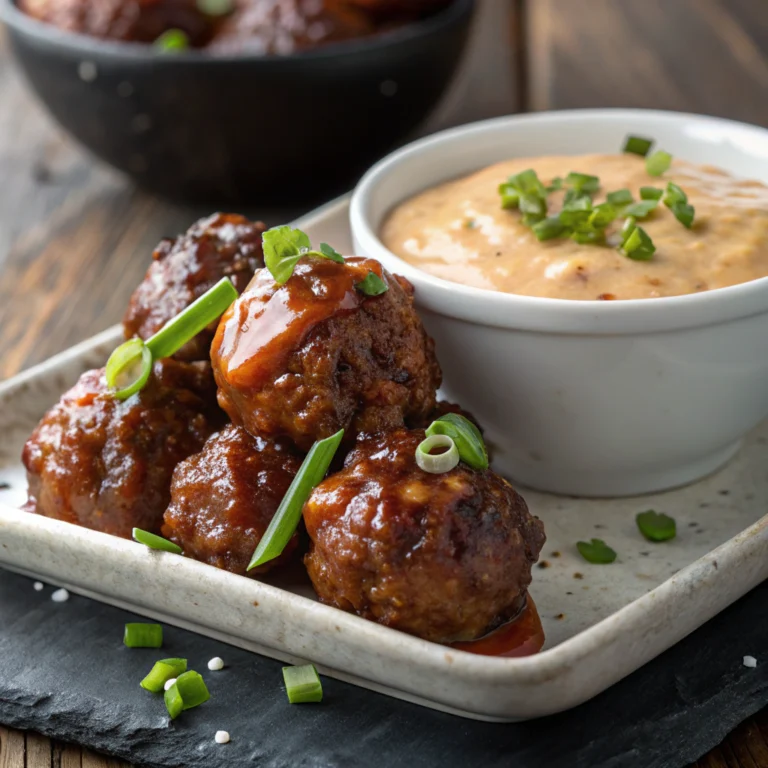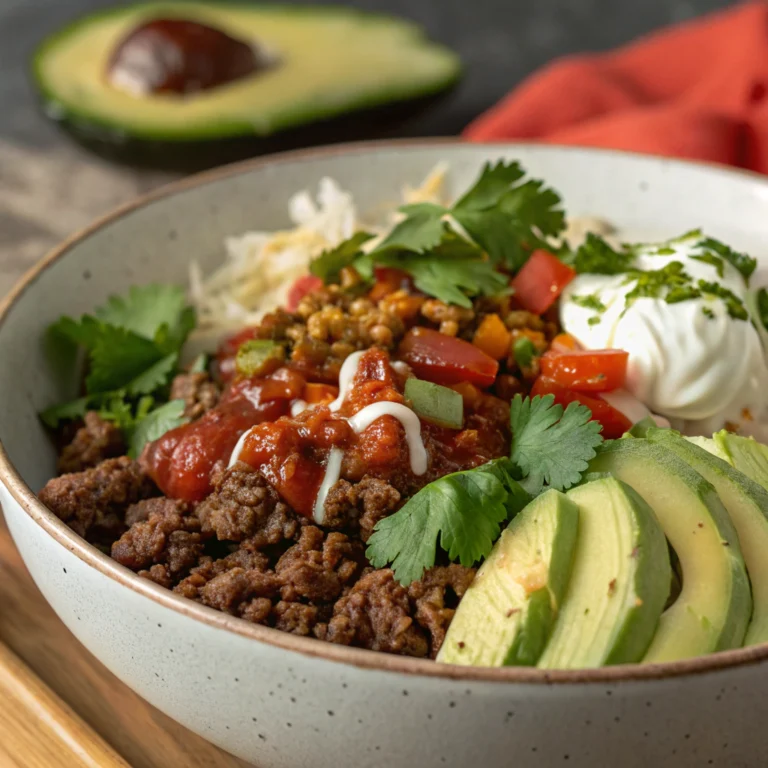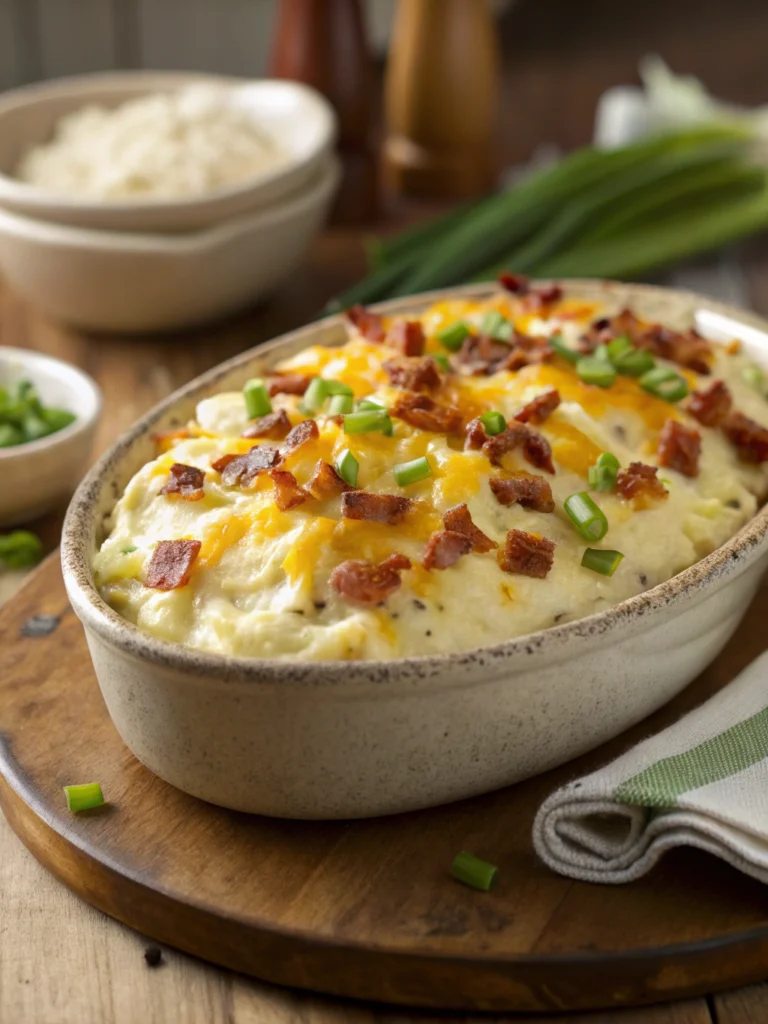Classic Fried Rice – Easy Homemade Recipe
Did You Know 70% of Home Cooks Struggle With Perfect Fried Rice? Here’s the Secret
There’s something magical about a steaming plate of classic fried rice—the golden grains, the savory aroma, the way it brings comfort with every bite. Yet, despite its simplicity, so many home cooks end up with mushy, bland, or greasy results. Why? The answer lies in a few often-overlooked techniques that transform humble leftovers into restaurant-worthy perfection.
I remember the first time I attempted fried rice at home. It was a disaster—clumpy, unevenly seasoned, and nothing like the vibrant dish I’d enjoyed at my favorite takeout spot. But after years of tweaking (and a few chef-inspired tricks), I cracked the code to easy homemade fried rice that’s fluffy, flavorful, and faster than delivery.
What makes this recipe special? It’s all about the rice. Day-old, chilled grains are non-negotiable—they fry up light instead of turning into a sticky mess. And that high-heat sizzle? It’s what creates those irresistible crispy bits we all crave. But let’s not get ahead of ourselves. Every great story starts with the basics…
The Humble Origins of a Global Favorite
Long before fried rice became a takeout staple, it was born from thrift—a clever way to repurpose leftover rice in ancient China. Imagine Ming Dynasty cooks tossing cold rice with scraps of meat and vegetables over roaring woks, creating sustenance from what others might discard. That spirit of resourcefulness still defines the best classic fried rice today.
My version honors that tradition while embracing modern shortcuts. No wok? No problem. A trusty skillet and a handful of pantry staples are all you need. The beauty of this dish is how it adapts—whether you’re using up Sunday’s roast chicken or that half-empty bag of peas in the freezer.
PrintClassic Fried Rice
A simple and delicious fried rice recipe that’s perfect for using up leftover rice and vegetables.
Ingredients
For the Crust:
- 3 cups cooked white rice (preferably day-old)
- 2 tablespoons vegetable oil
- 2 eggs, beaten
- 1/2 cup diced carrots
- 1/2 cup frozen peas
- 2 cloves garlic, minced
- 3 green onions, sliced
- 3 tablespoons soy sauce
- 1 teaspoon sesame oil
- Salt and pepper to taste
Instructions
1. Prepare the Crust:
- Heat 1 tablespoon of vegetable oil in a large skillet or wok over medium-high heat.
- Add the beaten eggs and scramble until fully cooked. Remove from the skillet and set aside.
- Add the remaining tablespoon of oil to the skillet. Stir-fry the carrots and peas for 2-3 minutes until tender.
- Add the garlic and green onions, cooking for another 30 seconds until fragrant.
- Add the cooked rice to the skillet, breaking up any clumps. Stir-fry for 2-3 minutes.
- Pour in the soy sauce and sesame oil, mixing well to coat the rice evenly.
- Return the scrambled eggs to the skillet and stir to combine. Season with salt and pepper to taste.
- Cook for another 1-2 minutes until everything is heated through. Serve hot.
Notes
You can customize the seasonings to taste.
Classic Fried Rice – Easy Homemade Recipe
There’s something so comforting about a steaming plate of fried rice—golden grains glistening with just the right amount of oil, speckled with colorful veggies, and kissed by that unmistakable wok hei (that magical smoky flavor). Whether it’s a quick weeknight dinner or a way to breathe new life into leftover rice, this classic fried rice recipe never fails to satisfy. Let’s gather our ingredients and get cooking!
Ingredients You’ll Need
- 3 cups cooked jasmine rice (day-old is best!) – The secret to perfect fried rice? Cold, slightly dry rice. Freshly cooked rice tends to clump, but leftovers give you those gorgeous, separate grains.
- 2 large eggs – Lightly beaten, these will add richness and protein. I love scrambling them right in the wok for extra flavor.
- 2 tablespoons vegetable oil (or sesame oil for extra aroma) – A neutral oil with a high smoke point is ideal, but a drizzle of sesame oil at the end adds depth.
- 1 small onion, finely diced – Yellow or white onions work beautifully here, lending a subtle sweetness.
- 2 cloves garlic, minced – Because what’s fried rice without that fragrant garlic punch?
- ½ cup diced carrots – Tiny cubes cook quickly and add a pop of color.
- ½ cup frozen peas (thawed) – A classic addition! No need to cook them separately—they’ll heat through in the wok.
- 2 tablespoons soy sauce (or to taste) – I prefer light soy sauce for its balance, but adjust based on your salt preference.
- 1 teaspoon oyster sauce (optional but recommended) – This adds a lovely umami depth. If you don’t have it, a pinch of sugar helps balance flavors.
- ½ teaspoon white pepper – A subtle warmth that ties everything together.
- 2 green onions, sliced – For that fresh, bright finish.
Step-by-Step Instructions
Step 1: Prep Your Rice
If using freshly cooked rice, spread it out on a tray and let it cool for 10-15 minutes. This helps dry it out a bit. Leftover rice? Give it a quick fluff with a fork to break up any clumps.
Step 2: Scramble the Eggs
Heat a large wok or skillet over medium-high heat and add 1 tablespoon of oil. Pour in the beaten eggs and let them set slightly before gently scrambling. Cook just until softly set—they’ll finish cooking later. Transfer to a plate and set aside.
Step 3: Sauté the Aromatics
Add the remaining oil to the wok, then toss in the onions and carrots. Stir-fry for 2-3 minutes until the onions turn translucent and the carrots soften slightly. Toss in the garlic and cook for another 30 seconds until fragrant—just be careful not to let it burn!
Step 4: Bring It All Together
Increase the heat to high and add the rice, breaking up any stubborn clumps with your spatula. Stir-fry for 2 minutes, letting the rice get lightly toasted. Now, drizzle in the soy sauce and oyster sauce, tossing constantly to coat every grain evenly.
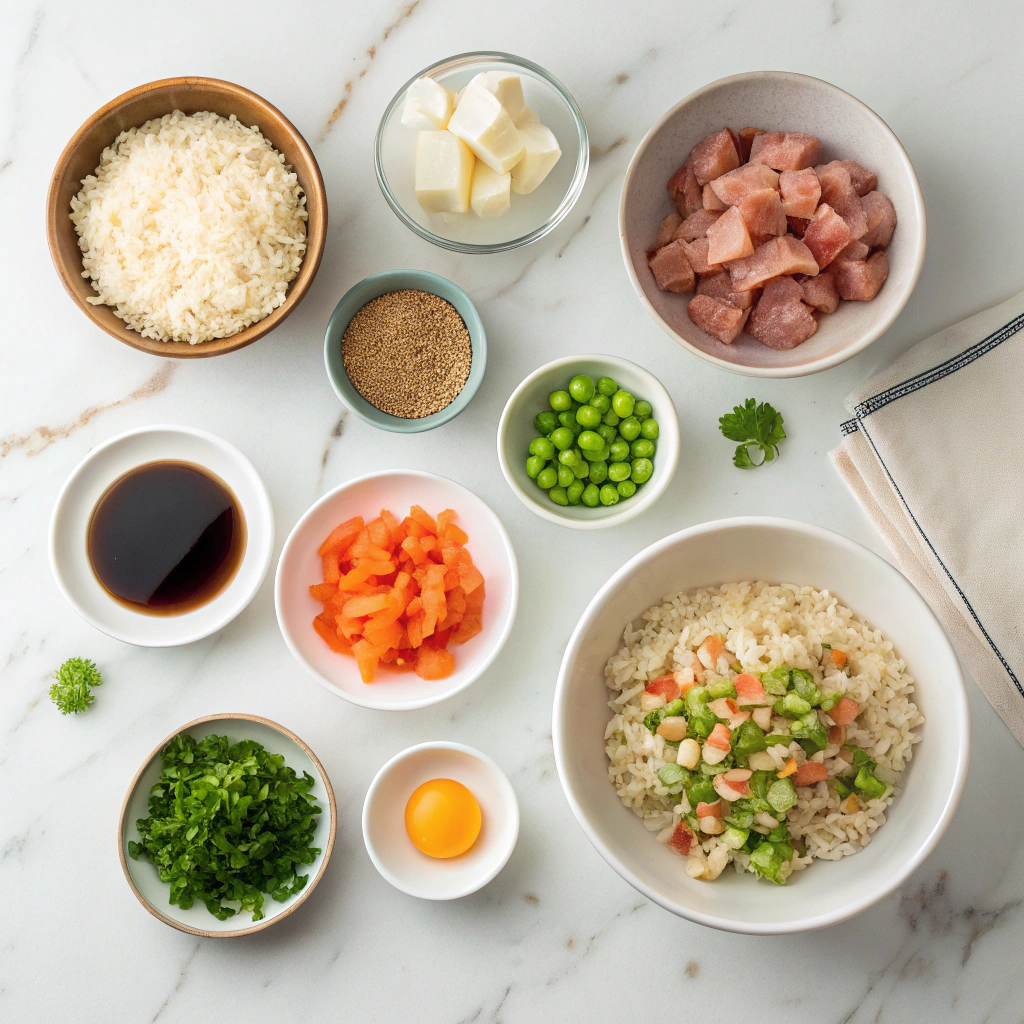
Pro Tips for the Perfect Fried Rice
Making fried rice may seem simple, but a few expert tricks can take your dish from good to restaurant-quality amazing:
- Use cold, day-old rice – Freshly cooked rice is too moist and will turn mushy when fried
- High heat is key – A screaming hot wok or skillet gives that signature smoky flavor
- Don’t overcrowd the pan – Cook in batches if needed to prevent steaming
- Season in layers – Add a pinch of salt when cooking the eggs, then adjust at the end
Delicious Variations to Try
One of the best things about fried rice is how easily you can customize it:
- Protein swaps: Try shrimp, chicken, tofu, or char siu pork
- Vegetable mix-ins: Bell peppers, zucchini, or edamame add great texture
- Flavor boosters: A drizzle of sesame oil or splash of fish sauce at the end
- Spice it up: Add chili crisp or sriracha for heat lovers
What to Serve with Fried Rice
This versatile dish pairs beautifully with so many Asian-inspired favorites:
- Egg drop soup or hot and sour soup
- Steamed or stir-fried vegetables
- Potstickers or spring rolls
- Sweet and sour chicken
- Simple cucumber salad
The Benefits of Homemade Fried Rice
Beyond being delicious, making fried rice at home offers some great advantages:
- Healthier – Control the oil, salt, and ingredients
- Budget-friendly – Uses up leftovers and pantry staples
- Quick meal – Ready in under 20 minutes
- Customizable – Adapt to dietary needs and preferences
Real-Life Tips from My Kitchen
After making countless batches of fried rice, here are my hard-earned lessons:
- The rice should sizzle when it hits the pan – if it doesn’t, your heat isn’t high enough
- Prep all ingredients before starting – this fast-paced dish waits for no one!
- Leftovers taste even better the next day as flavors meld
- Kids love when I make “rainbow fried rice” with lots of colorful veggies
Now that you’re armed with all these tips and tricks, I hope you feel inspired to make your own perfect batch of homemade fried rice. Don’t be afraid to make it your own – that’s the beauty of this classic dish!
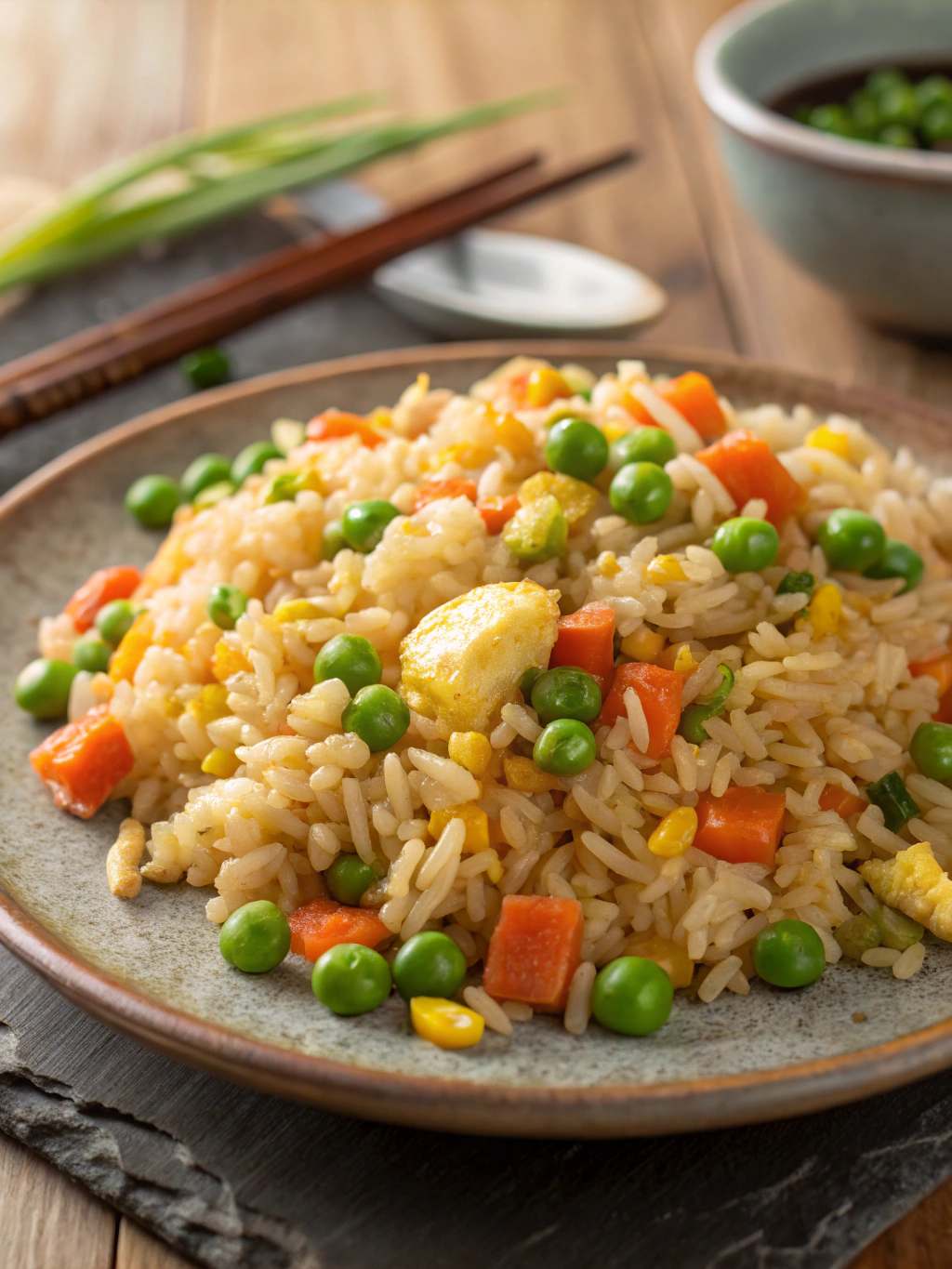
Conclusion
There you have it—a simple, foolproof recipe for classic fried rice that’s packed with flavor and ready in minutes! Whether you’re using up leftovers or whipping up a quick weeknight meal, this dish is a crowd-pleaser. The key takeaways? Cook your rice ahead of time, use high heat for that perfect smoky taste, and don’t be afraid to customize with your favorite veggies or proteins.
Now it’s your turn! Give this recipe a try and let us know how it turned out in the comments below. Did you add a special twist? We’d love to hear about it! And if you’re craving more easy, comforting recipes, check out our recipe collection for more inspiration. Happy cooking!
FAQs
Can I use freshly cooked rice instead of day-old rice?
While day-old rice works best because it’s drier and less sticky, you can use freshly cooked rice in a pinch. Just spread it on a baking sheet and let it cool completely (or pop it in the fridge for 15–20 minutes) to reduce moisture before frying.
What’s the best oil for fried rice?
Neutral oils with a high smoke point, like vegetable, canola, or peanut oil, are ideal. They won’t overpower the flavors and can handle the high heat needed for stir-frying.
Can I make this vegetarian or vegan?
Absolutely! Skip the eggs and meat, and load up on veggies like bell peppers, mushrooms, or tofu. For a vegan version, use a plant-based soy sauce or tamari.
Why does my fried rice turn out mushy?
Mushy rice usually means there’s too much moisture. Make sure your rice is thoroughly cooled and dry before frying, and avoid overcrowding the pan—cook in batches if needed.
How do I get that restaurant-style smoky flavor?
The secret is high heat and a well-seasoned wok or skillet. Let the pan get very hot before adding ingredients, and don’t stir too often—let the rice crisp up slightly for that signature “wok hei” (breath of the wok) taste.

